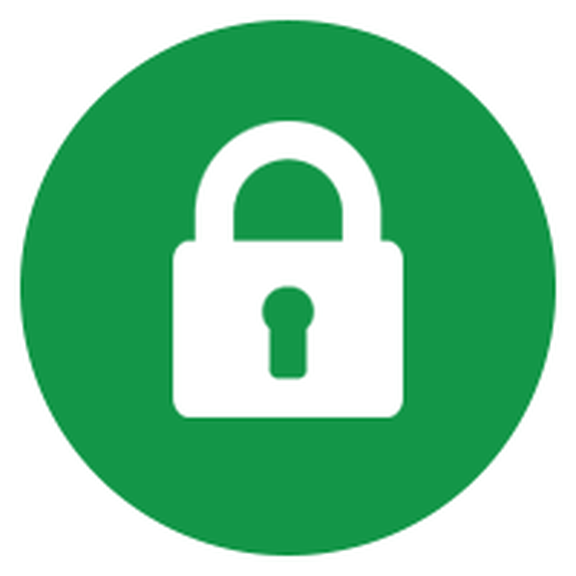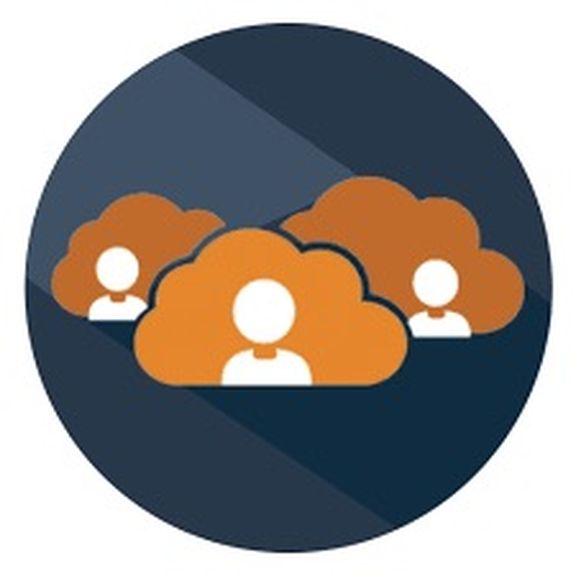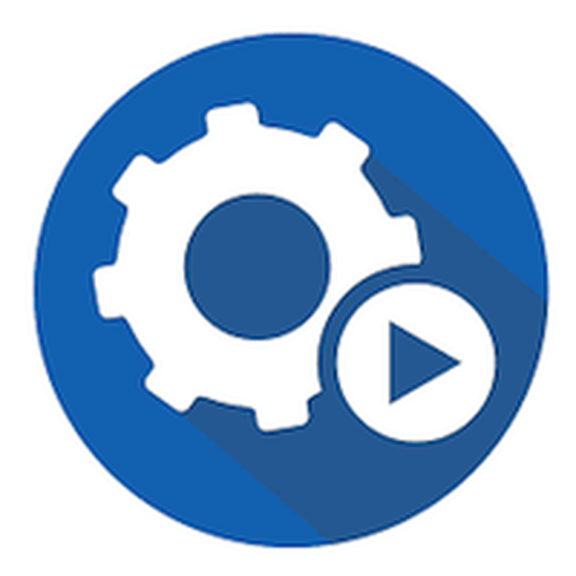Think of the current state of things from an IT leader’s perspective: Everyone at your company suddenly needs remote working capabilities, and it’s your responsibility to make that happen. Your solution needs to be fast and convenient. But also secure. It can’t cost a boatload. And it needs to happen yesterday.

As an MSP, you’re in a unique position to share some good news here — the situation isn’t as impossible as it might seem.
In response to the COVID-19 pandemic and mounting self-isolation restrictions, businesses everywhere are in the same boat — scrambling to ensure the majority (or entirety) of their workforce can work productively and securely from home.
For many, this is uncharted territory. It’s one thing to support a handful of remote workers — salespeople who are constantly on the road, key executives who need access from anywhere, etc. — but transitioning every employee to a remote setup and actively supporting them all at once is a different beast entirely.
IT needs to build and deploy new infrastructure. Establish new processes. Train and educate. It’s a drastic change for everyone involved, yet the goal is to get it done fast and maintain business as usual.
Fortunately, the solutions you provide as an MSP are tailor-made to help IT address these issues.
In this post, I’ll share how you can position your remote monitoring and management (RMM) software as a rapidly deployable solution that enables you to:
- Monitor the health and productivity of any IT assets connected to the Internet
- Directly support employees working from anywhere
- Provide a secure way for remote workers to access on-premises systems and networks
- Rapidly deploy software and endpoint changes as needed to support changing working styles
- Increase security to minimize the risk of downtime and loss of intellectual property and private data
Whether you’re approaching new prospects or working with existing customers who have resisted signing up for managed services, you can use the following to explain how you can help them solve the biggest pain points involved with employees working from home.
Challenge 1: Ensuring endpoint security

Pain point to address: With employees working from home, ensuring their endpoints are secure before they access sensitive company assets becomes even more imperative (and difficult).
Once employee endpoints go remote you can no longer rely on company networks and properly configured firewalls to protect them. That means when employees leave your office, your company’s data and intellectual property leaves with them.
How to position the value of your service (and RMM): With your RMM, you can easily deploy and manage antivirus solutions, automatically patch endpoint operating systems and software, and configure endpoints to increase physical security – for example enforcing passwords and lock screens.
By standardizing and automating basic security across the customer’s remote workforce, your services can significantly decrease the likelihood of a ransomware attack or data breach, allowing them to focus other IT resources elsewhere.
Challenge 2: Rapidly deploying software and endpoint changes as needed

Pain point to address: As more users move to remote work, ensuring that they continue to have all the tools they need to do their jobs becomes harder. Rolling out new technologies for communication and collaboration can be time-intensive and difficult without the right tools. In-person installation is no longer an option and end-user installations pose permissions issues and often result in a significant influx of help desk tickets. If you’ve ever tried to rely on business users to roll out a new application, you know how challenging it can be.
How to position the value of your service (and RMM): Your RMM cuts out the middleman and allows you to directly (and silently) roll out applications remotely to individual devices, device groups, or across an entire organization. Custom alerts and software inventories ensure you know about any failed installations so you can provide direct assistance or customize installation instructions.
For first-time remote workers, for example, you can install and configure Zoom for video chat, Slack for collaboration, OneDrive for file and folder backup, and Bitdefender for security — all automatically and at a time that’s convenient for the end-user.
Organizations also can’t neglect the fact that employees have a lot more freedom when they’re not on a managed company network. Your RMM enables you to identify, uninstall, and blacklist dangerous or counter-productive software centrally.
Challenge 3: Providing remote workers secure access to on-premises infrastructure

Pain point to address: Businesses will already have processes in place to minimize the loss or transmission of intellectual property of sensitive information outside of the company’s physical facilities or company network. These systems can make remote work particularly difficult. Workarounds or exceptions may have been made when only a few trusted employees worked from home, but a sudden influx of remote workers will make these work arounds untenable.
How to position the value of your service (and RMM): End-user remote access tools allow you to provide business users secure access to workstations from anywhere. Granular permissions and auditable logs ensure only people with correct permissions can access their assigned endpoints, and that you can verify who accessed which devices.
Challenge 4: Efficiently supporting employees working from anywhere

Pain point to address: Productivity can be impacted particularly harshly when IT issues arise for remote workers. In many cases, mitigation can be limited and delayed. Being able to identify issues before they interrupt employees is critical for keeping productivity high.
How to position the value of your service (and RMM): Remote monitoring and remote management are both core capabilities included in your services.
So long as an endpoint has access to the internet, your RMM allows you to get up-to-the-minute insights into endpoint productivity and health, providing you with a clear view of the status of all the customer’s remote assets. Alerts enable you to proactively identify which endpoints are healthy, which could use some attention, and which need critical support, enabling you to prioritize triage activities. Customizable alerts and performance thresholds allow you to manage ticket flow, automatically create tickets, and kick off the ITSM process.
Once a ticket is created, the next step is resolving the issue. Without remote management tools, even basic tasks that would be easily solved can be challenging as technicians need to rely on end-users to follow instructions. Your RMM enables your technicians to take direct action on endpoints — whether through remote access and screen sharing or through behind-the-scenes remote tools.
Remote access allows your technicians to take over direct control of a remote IT asset to perform hands-on remediation. They can walk the end-user through fixing the issue or dive in and solve the issue as if they were sitting at the computer, themselves. Critically, your remote access tools enable unattended remote access, so your technicians can solve issues while end-users aren’t using their computer, thereby avoiding productivity losses.
Less invasive forms of remote access, such a remote command line, file explorer, task manager, and registry editor allow your technicians to roll out new software, remediate issues, or configure systems without interrupting remote employees’ work. Many forms of silent remediation can be scripted and used repeatedly to maximize efficiency.
Challenge #5: Getting started quickly

Pain point to address: With the situation with COVID-19 evolving so significantly day by day, there is a very real possibility that companies will find themselves in a position where remote work becomes a sudden necessity (if it hasn’t already). At that point, if they don’t have a prepared solution that can be implemented quickly they could obviously experience significant disruption.
How to position the value of your service (and RMM): Utilizing your services is going to be far quicker and less resource-intensive than most companies building and managing their own solutions.
If the customer’s employees are still on site, you can roll out your RMM agent to all their devices using Microsoft Group Policy, PDQ Deploy, or similar software.
If employees have already started working remotely, you can make the agent available via an employee self-service website, intranet, or file sharing program like OneDrive. Employees can easily download and install the agent.
Once the agent is on a device, all further management of that device can be immediately handled via the RMM.
Helping companies prepare for the changing work environment
Your clients and prospects should realize the coronavirus pandemic is accelerating an already firmly established trend.
The number of fully or partially remote workers has nearly doubled in the past decade, and there is no suggestion that number won’t continue to increase. Global trends such as mass urbanization, climate change, technology innovation and cost reduction, and disasters of all types have businesses rethinking their remote work policies.
When that happens it forces organizations to make significant changes across departments to accommodate new work styles. Management styles change, human resources policies are updated, and facilities decisions need to be made. But perhaps the heaviest burden falls on IT. They need an infrastructure that enables remote workers to seamlessly work from home without decreasing their productivity. Having to build that on the fly and scramble to support a sudden influx of new remote workers is an extremely tall order.
By sharing the information in this post, you can let prospects know the right MSP partner can make these challenges achievable, and help them operate more confidently at a time when remote work is quickly becoming the new normal.
Author Peter Bretton is NinjaRMM's product marketing manager. Peter focuses on learning from Ninja's partners, understanding their challenges, and using Ninja's software to improve business outcomes. Peter has over 10 years of experience across marketing disciplines. Read more NinjaRMM blogs here.



